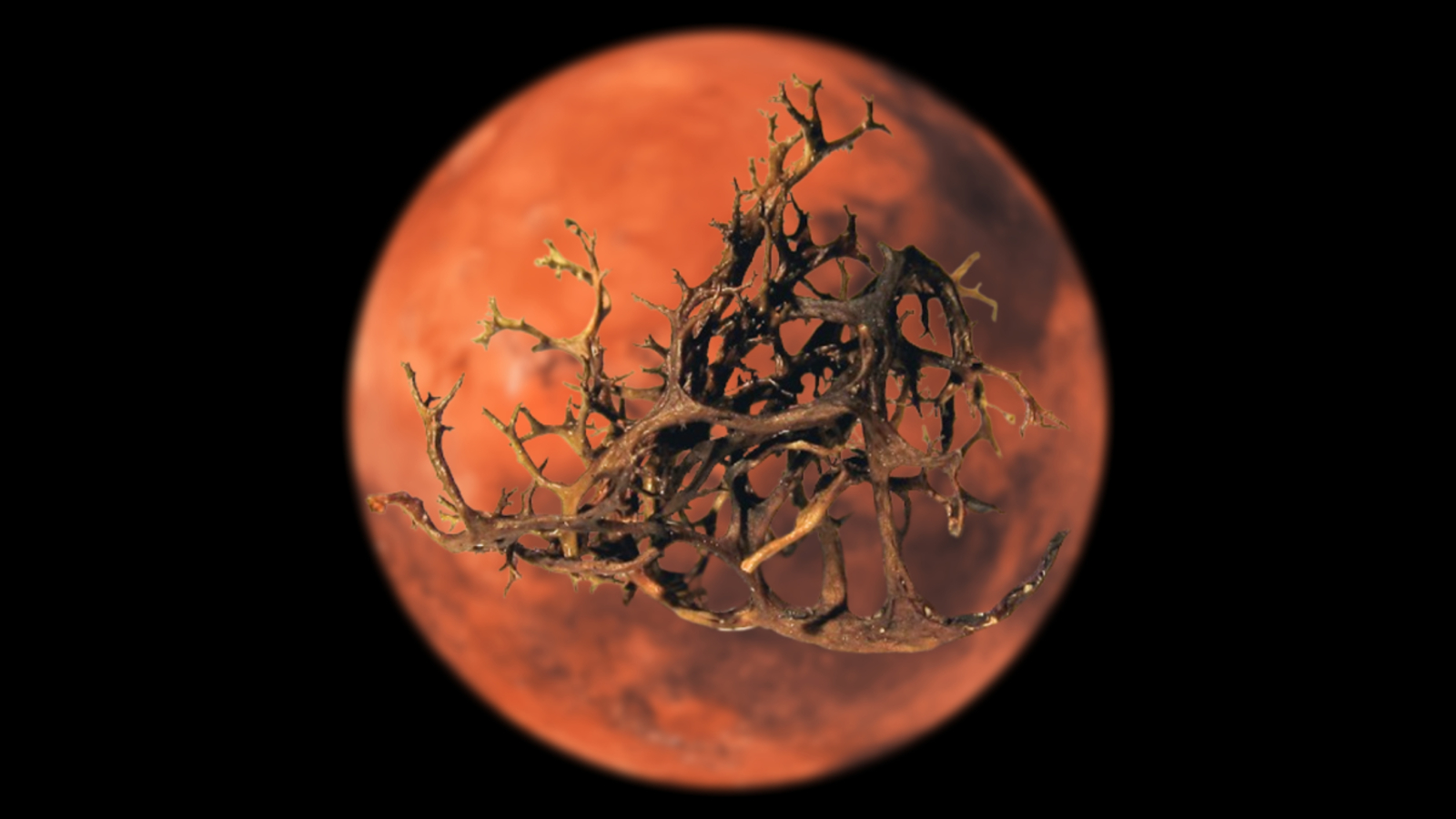The Challenge of Making Real 'Surrogate' Skin
The new movie "Surrogates," starring Bruce Willis, depicts a world in which people live through "surries", highly realistic humanoid robots. But without realistic skin, robots will never have that humanlike personal touch, and will not have the degree of social acceptance that robots would need to have to share the world with the rest of us.
A recent paper details research into this area. In "Towards Humanlike Social Touch for Sociable Robotics," John Cabibihan and his fellow scientists detailed the reasons for testing and developing realistic skin for social robots.
"Touch is important in social interactions. Social touch are all those instances in which people touch each other, when shaking hands, when giving a pat in the back as a sign of congratulations and even in high-fives. Unless some form of alternative greetings are invented in the future, the typical social touches exchanged among humans may likely remain even with social robots...
"Yet, one should not easily assume that humans will be comfortable with the idea of shaking an artificial hand made from a stiff material and can grip with a force that can reach up to 100 Newtons. In addition to the appropriate controls for a safe handshake grip and other forms of social touch, humanlike skin softness would be a reasonable requirement for the sociable robots envisioned to directly interact with humans in a social setting. "
Human skin has properties that are not easy to replicate in synthetics. The authors of the paper identified three specific qualities that must be replicated to give that genuine human skin feeling:
- Skin compliance: The degree to which skin can be deformed by a force.
- Conformance: The degree to which the shape of skin conforms to an object that it touches or rests upon.
- Hysteresis: The difference between the way it deforms and then reforms - how force applied to skin is dissipated.
The authors created a skin testing machine to check out some of the current substitutes for human skin in robots - like silicone and polyurethane. Unfortunately, these simplistic skin substitutes were tested and found wanting; at present, there is no accepted substitute for the feeling of real human skin.
There have been a number of different attempts to produce more lifelike skin for robots, as well as skin that would properly feed sensation to the operator of the robot. For example, one research effort used tiny hexagonal indentations etched into a urethane epidermis to create soft robot skin. Another group of researchers worked on sensitive artificial skin with embedded sensors.
Sign up for the Live Science daily newsletter now
Get the world’s most fascinating discoveries delivered straight to your inbox.
There is, of course, one ideal (if somewhat creepy) solution to creating robot skin that is as human as possible. Recent work done at the Fraunhofer-Gesellschaft science institute in Germany has demonstrated that small swatches of actual human skin can be grown in petri dishes in a mass production facility.
- Movie Review: 'Surrogates'
- Hollywood's Top 10 Dystopian Futures
- 5 Real Reasons to Fear Robots
This Science Fiction in the News story used with permission of Technovelgy.com.










